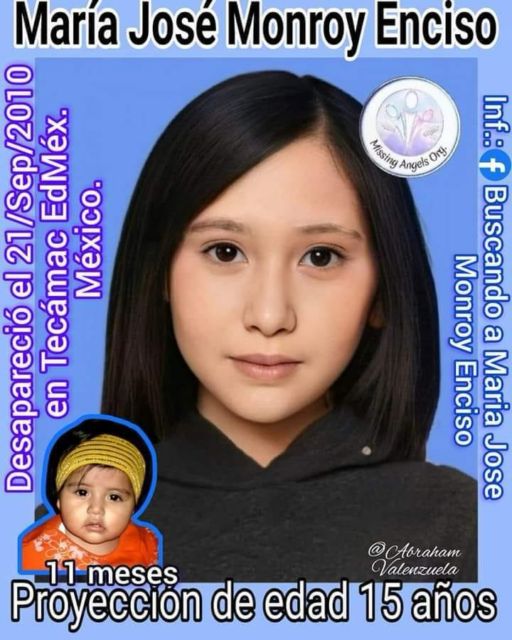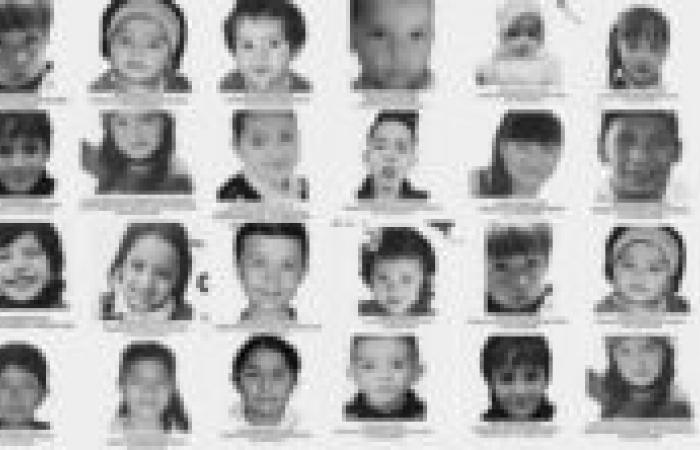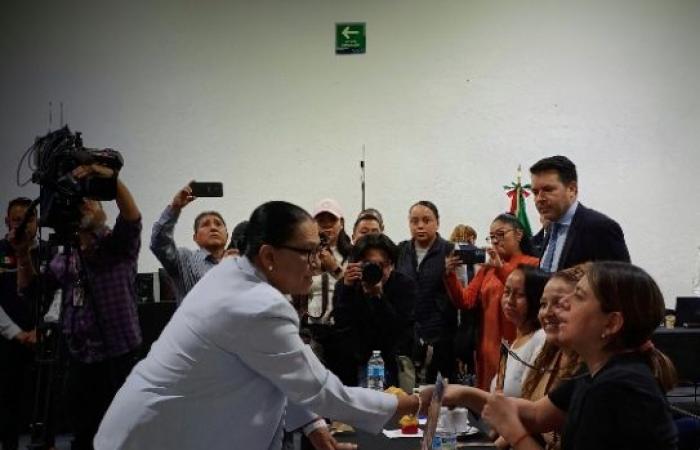The disappearance of girls, boys and adolescents in Mexico is an alarming problem that requires urgent actions. According to him national Registry of missing and not located (RNPDNO)to him March 14, 2025 They were reported 112,579 children under 17 years of ageof which 17 mil 349 They are still not found.
The increase in childhood disappearance has been remarkable in certain years. In 2023they were recorded 2,125 cases, 570 more than in 2022. According to the report “Childhood and adolescence in Mexico”published by My rejection In November 2024, every day 25 minors They are reported as missing in the country. Besides, two out of three of these cases correspond to girls.
Until November 2024a total of 1,008 of disappeared boys, boys and/or adolescentswhat represents 1 out of 100 cases. Regarding the place of disappearance, The State of Mexico, Tamaulipas and Jalisco They concentrate the greatest number of reports:
- State of Mexico: 3,638 cases (one in five reports)
- Tamaulipas: 1,568 cases (one out of ten)
- Jalisco: 1,193 cases (7.3% of the total)
Despite these figures, there is little information about the disappearance of Babies (0-12 months) and early childhoods (1-5 years)a issue little addressed by the institutions and that faces obstacles in the investigation and location of minors.
The case of María José Monroy Enciso
María José Monroy Enciso disappeared to the 11 months oldhe September 21, 2010in Tecámac, State of Mexico. His mother, Maribel Enciso, was attacked with a sharp weapon by an armed man inside his optics, who left her injured and fled taking to daughter.
Although the aggressor was arrested and convicted, Maria José’s whereabouts never revealedand his family has continued looking for her for more than 15 years hoping to find her.

Why do babies disappear in Mexico?
Maribel Mother of María José And member of the collective a light on the road and the union and national search network, has accompanied other mothers looking for their disappeared daughters and sons in Mexico. According to their experience, the disappearance of minors is linked to networks of Trafficking in people for illegal adoptions And, in some cases, sexual exploitation.
In the cases reported, the theft of babies has occurred under two main modalities:
- With violence: Unknown people break into homes, they add mothers in public spaces or, as in the case of Maribel, they attack them within their own businesses to subtract their children.
- Through deception: Mothers in vulnerability situation have been contacted on social networks with false promises of help, such as donations of clothing or milk for their babies. when they go, they are threatened and attacked to strip them of their children.
The challenges in the search for missing babies
Families face multiple obstacles in the search for their children:
- Injured and hospitalized mothers: The aggressions prevent the victims from immediately monitoring the complaints.
- Lack of institutional interest: The authorities do not apply the protocols immediately and only act when families press complaints in the Human Rights Commission.
- Lack of clear images for search: “As a mother you do not expect your baby to disappear. We have no clear photographs of her face and body. Many are born without visible particular signs, and there are even babies that have not yet been registered with a name,” shares a seeking mother.
- time as an enemy: As the years go by, the physiognomy of minors changes, hindering their identification.
- Risks and threats: Most seeking mothers have received threats and ultimatum from organized crime or unidentified people to stop looking for their daughters and sons.
The importance of age progression
Age progression is an essential technique in the search for missing children. It is based on the analysis of Facial features and growth patterns to generate updated images that allow their prompt location.
This tool is key because:
- Facilitates identification of minors who have changed physically over time.
- Optimizes the dissemination of search sheetsupdating the images of the disappeared.
- Reinforces research strategiesadjusting the search methods according to the child’s age.
Maribel Enciso has promoted, without favorable results, the implementation of this technique in Mexico, inspired by models used in other countries. It also proposes the dissemination of Amber alerts via text messagein which every time an alert is activated, Sounds on cell phones throughout the country by massively spreading the search file.

Finally, Maribel calls on the authorities to urgently attend the disappearance of girls, boys and adolescentsy establish age progression as a mandatory mechanism nationally. It also asks for support for society to Share search sheets and age progressionsremembering that missing minors could be anywhere, even close to us









